Design a sensory, embodied experience of V&A’s online collection
WEEK 2
This week we split ourselves into subgroup by a random draw, that’s how everyone agreed and deciding on dividing teams.
We were three of us in subgroup, and we were happy to work it out with a cheerful start.
Subgroup Members 🤝 :
Max Hain
Manali Panchal
Sanjana Mehta
Last week we were encouraged to begin researching through design, meaning only one thing: time to stop reading, and start doing.
We collaborated on miro to map out the overview of the project and looked upon the brief again. We discussed narrowing down our initial ideation.
Mind Mapping on Miro (Collaboration tool online)
We altogether agreed on sticking to the Physical and Digital aspect to give an embodied experience, creating a relation with the museum. My mind wondered how we could design something very intuitive and natural to be experienced—an experience that could give a mind shift.
We started building a map where we understand the structure of collections and for whom these collections cater. Also, we discussed upon questing more on what kind of feeling or emotions dwell when visiting a museum.
As we were on-going through referencing, we as a group decided to start building something up to think out of the internet world. We didn't want to block ourselves in just the digital part of thinking in the sense of transforming the current website of V&A.
Each of us took some time individually and started playing with materials. I started thinking about my own experience with the museum I visited during my bachelor study in design. My experience has always been with India's heritage, which includes royal palaces and India's diverse culture with many art forms to study. I realised how to be so intrigued by historical architectural walls and the motifs carved on them. I remember using a sheet of paper and charcoal stick to trace the exact geometry of the motifs made centuries before.
I am mentioning my experience here because I wanted to capture those inbuilt actions that I experienced, and I wanted to bring that into concept building. I started reading about different gestural movements and ended up with a study of laban movements. Rudolf Laban "Founding Father of the Expressionist Dance" in Germany. Laban categorised human movement into four component parts:
Direction, Weight, Speed, Flow
From my opinion theories like this can provide meaningful insights as we begin to invent new ways of interacting with technology. Why not thinking from a communicating way of humans through gestures and bodily movements. I was exploring the direction of digital stimuli and movement.
I shared my views on the movement theories and Sanjana could relate to it with her own experimentation with the hanging paper cuttings. She experimented with the hanging paper cuttings of letter and explored the role of light and shadow.
Max Hain also experimented with the objects hanging from the roof in his room to start imagining how we can take the physicality of various kind of objects into use by relating them to the museum's digital and online experience.
Meeting with Jack
We started our conversations with the plan of Weekly catch-up schedules, and then we started with the discussions of the workflow and tools we were thinking to explore for making a prototype. Jack mentioned his thinking process on how to go about it.
We also discussed about creating curations and building community. He stated that he is interested in that direction as, until now, the design team of V&A hasn’t brought a similar concept. He mentioned, ‘’there is a real appetite for own stories. A lot of scopes’’. He also gave his opinion to check other museums who have tried doing this and check about their problems.
At last, we concluded with what we need to build on now is clarifying what problems we are addressing and for whom. Being crystal clear about the user and constraints will help us progress.
Presentation Feedback
After presenting what we had done so far, they liked how we started using our studio practise skills. Professor Dr John Fass appreciated building up a concept by taking inspiration from dance form movements. He felt interested to know more about how we can include bodily movements and gesture.
For the next week we were heads up with more experimentation in terms of creating an experience for people with technology at home.
Research
Espeland, T. (2015) The Eight Efforts: Laban Movement. Available at: https://www.theatrefolk.com/blog/the-eight-efforts-laban-movement/
Levy, J.A. & Duke, M.P.. (2003). The use of Laban Movement Analysis in the study of personality, emotional state and movement style: An exploratory investigation of the veridicality of "Body language". Individual Differences Research. 1. 39-63.
Espeland, T. (2015) The Eight Efforts: Laban Movement. Available at: https://www.theatrefolk.com/blog/the-eight-efforts-laban-movement/
Villaespesa, Elena & French, Ariana. (2019). AI, Visitor Experience, and Museum Operations: A Closer Look at the Possible.











